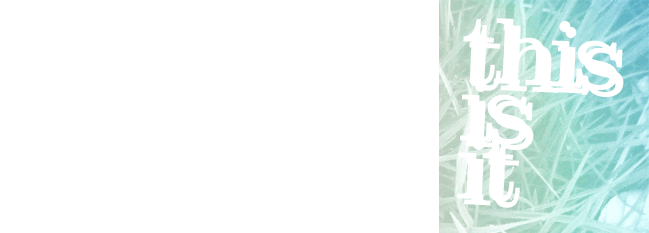On his way to work on January 31st, a commuter spotted one of the placards at a traffic intersection and called the police. The bomb squad were summoned and the entire area was sealed off. An investigation was launched to find the other placards and whoever was responsible.

It took the police six hours to realise that the devices were not dangerous, but this was not before part of Boston was brought to a standstill as major traffic routes were closed. The police found that the placards shared several characteristics of improvised explosive devices, but not the actual explosive itself.
The two men responsible for the devices, artists Peter Berdovsky and Sean Stevens, were arrested and put on trial for using a hoax to incite public panic. The trial went on for a few months, but when it became obvious that the two men did not intend the devices to incite harm, they were let off with 60 and 80 hours of community service. The marketing company, Interference Inc, and Turner Broadcasting were ordered to pay out $2 million in damages. And Aqua Teen Hunger Force got a hell of a lot more publicity than they expected.
As an exercise in gorilla advertising, it's a great example. The ads were placed in obvious places and were very distinctive. With a lack of copy accompanying them, those unintiated to Aqua Teen Hunger Force were left guessing what on earth the placards stood for. And besides the legal complications, the campaign was very successful due to the added publicity it gained from being an apparent bomb scare. One wonders if this was not the intention in the first place; after all, it wouldn't be the first time an advertising campaign was created to deliberately cause controversy.



No comments:
Post a Comment